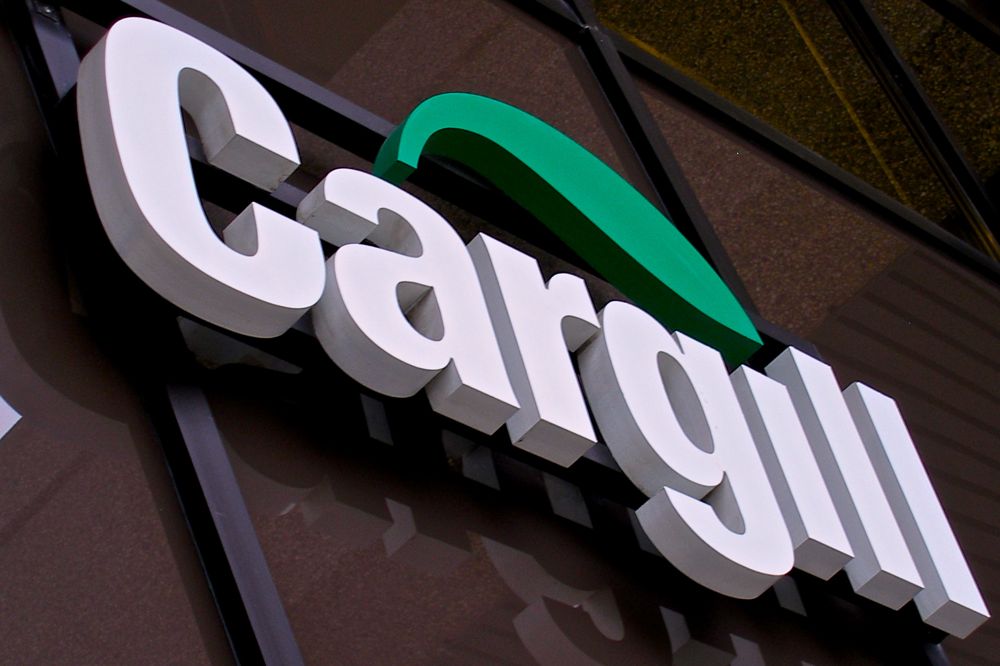New feed rules may impact on-farm mills

Glacier FarmMedia – On-farm feed millers need to ensure they comply with new feed regulations that will soon come into force, says the Animal Nutrition Association of Canada.
Read Also


Ontario beef producer stress increases as Cargill strike stretches on
The strain increases for eastern Canadian beef producers as Cargill’s Guelph Dunlop strike stretches into its fifth week. “We respect…
“The more complicated the farm, the more controls they’re going to have to have in place,” executive director Melissa Dumont said during a question and answer session at the organization’s annual conference in May.
Why it matters: Modernized national feed regulations have been a work in progress for 13 years.
The feed industry operates a quality assurance program called FeedAssure, which some farms have joined. With new national feed regulations expected in 2024, farmers should check for updated requirements in FeedAssure and ensure they are in compliance with the law.
On-farm feed preparation has become more common as livestock operations expand. How FeedAssure and laws apply to those operations differs based on what they’re doing and for whom.
For example, making feed without medical components for on-farm use only probably won’t require extra steps. However, if meds are being added, more steps and documentation will be required.
If an on-farm mill supplies feed to other farms, it will need to do everything a commercial mill is required to do, as is already the case. Such an operation is “considered a commercial feed mill,” said Dumont.
“They have to meet every single piece of the regulations.”
That includes labelling ingredients, providing hazardous analysis information and ensuring that only approved ingredients are included in rations.
Canadian Food Inspection Agency inspections won’t likely be completely random because there aren’t enough inspectors. Instead, “what they’re going to try to do is identify the higher risk ones,” Dumont said.
A farm with multiple species of livestock will be more likely to attract scrutiny because the risk of disease spread is bigger than in a single-species operation.
“They’re still going to look at it from a risk perspective of animal exposure, residues.”
Source: Farmtario.com

